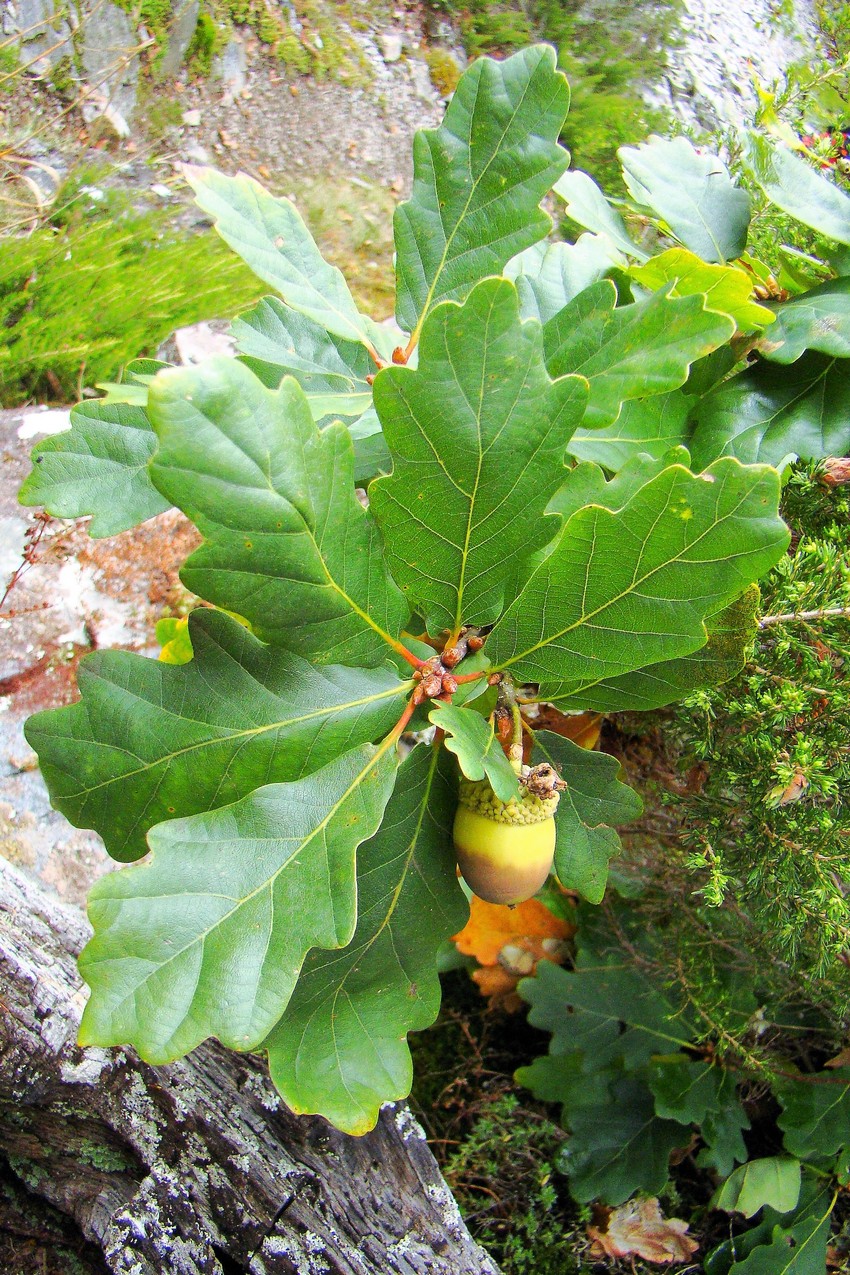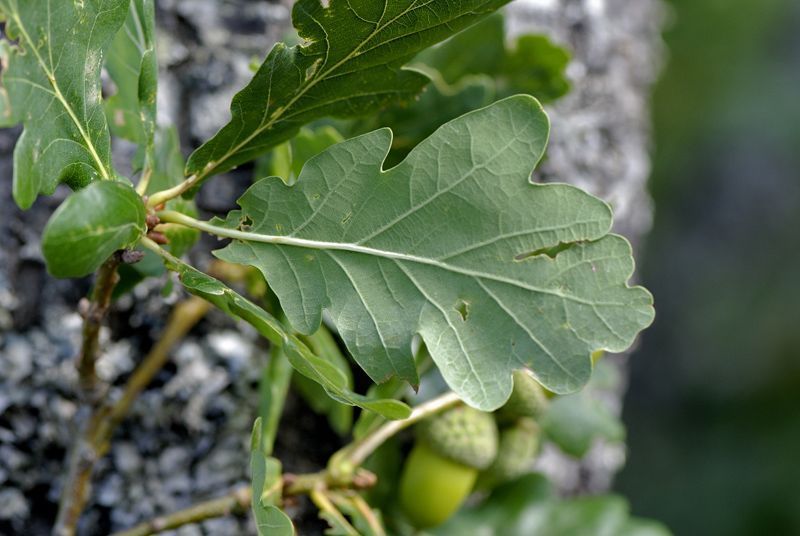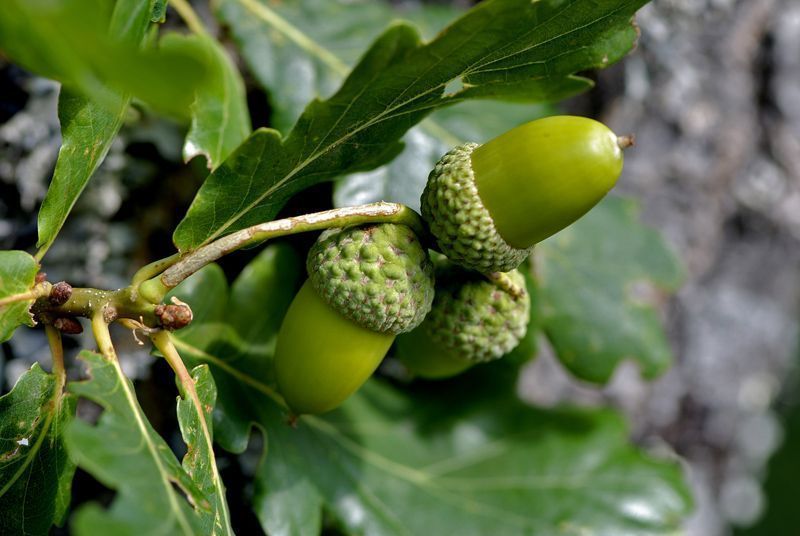| Quercus orocantabrica | |
| Author | Rivas-Mart., Penas, T.E.Diaz & Llamas 2002 Itinera Geobot. 15: 706 |
| Synonyms | robur subsp. broteroana O. Schwarz 1937 |
| Local names | roble cantabrica |
| Range | Cantabriques
Mounts, in North of Spain (Asturias), Central Spain; South Europe; |
| Growth habit | small
tree, or shrub; |
| Leaves | papery,
covered with thick cuticle; marcescent; oblong; lustrous; base weakly
auricled; |
| Flowers | male
flowers with bigger stamens than those of Q.robur, with pubescent
perianth; |
| Fruits | acorn
globose or widely ovate; basal scare flat; apex subtruncate; peduncle
to 15 cm; wider and flatter cup than Q.robur, with scales pointed,
appressed though free, pinkish glabrescent above, densely whitish
tomentose on their margin ; |
|
Bark, twigs and |
young
twig often with simple hairs, then glabrous; budscales 3-4 mm long, glabrescent
outside, with margin ciliate and whitish; |
| Hardiness zone, habitat | wet
places, on acidic siliceous soils ; |
| Miscellaneous |
--
Subgenus Quercus, Section Quercus, Subsection Roburoid; |
| Subspecies and varieties |
|
| Pictures |
More pictures HERE
|


